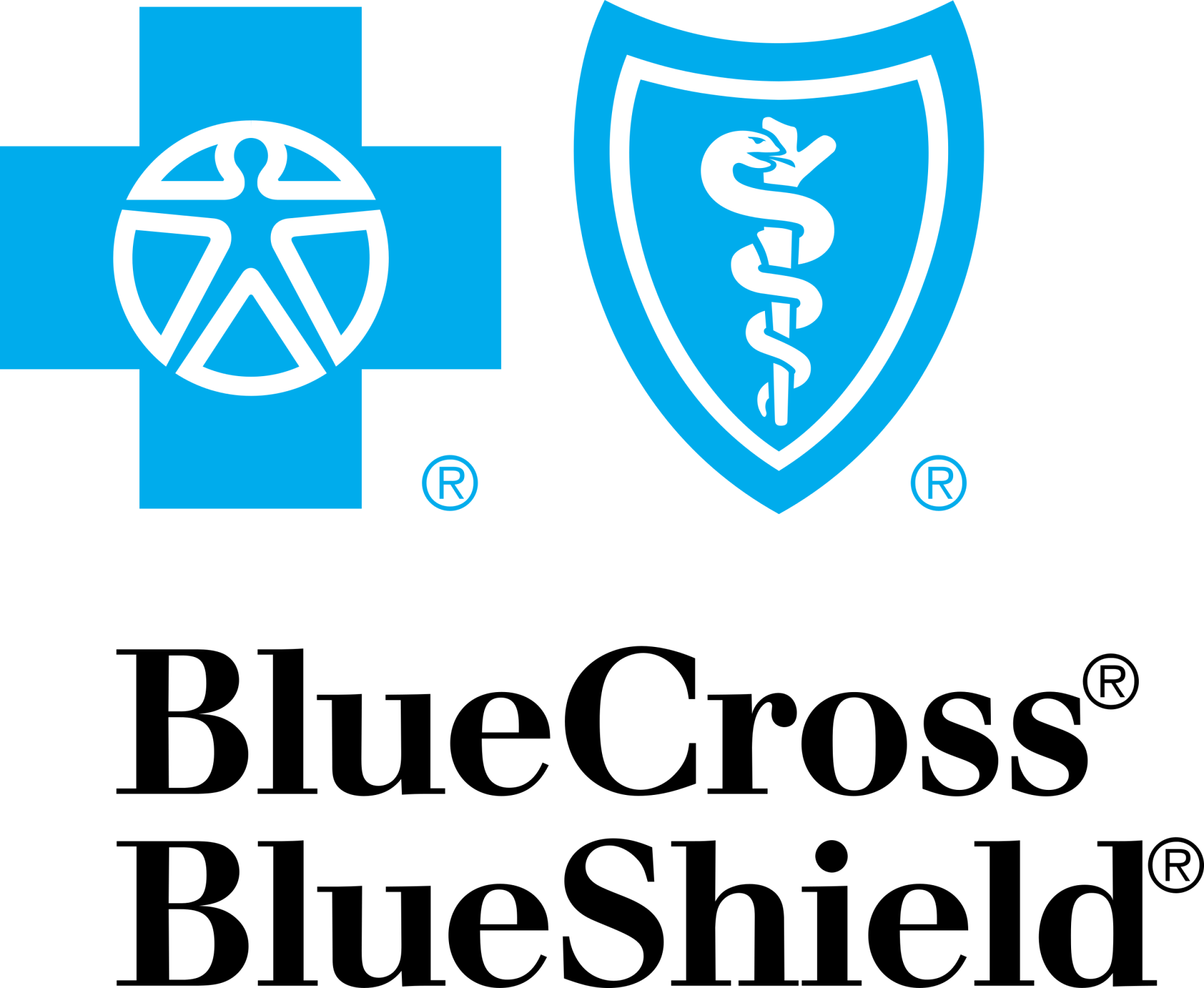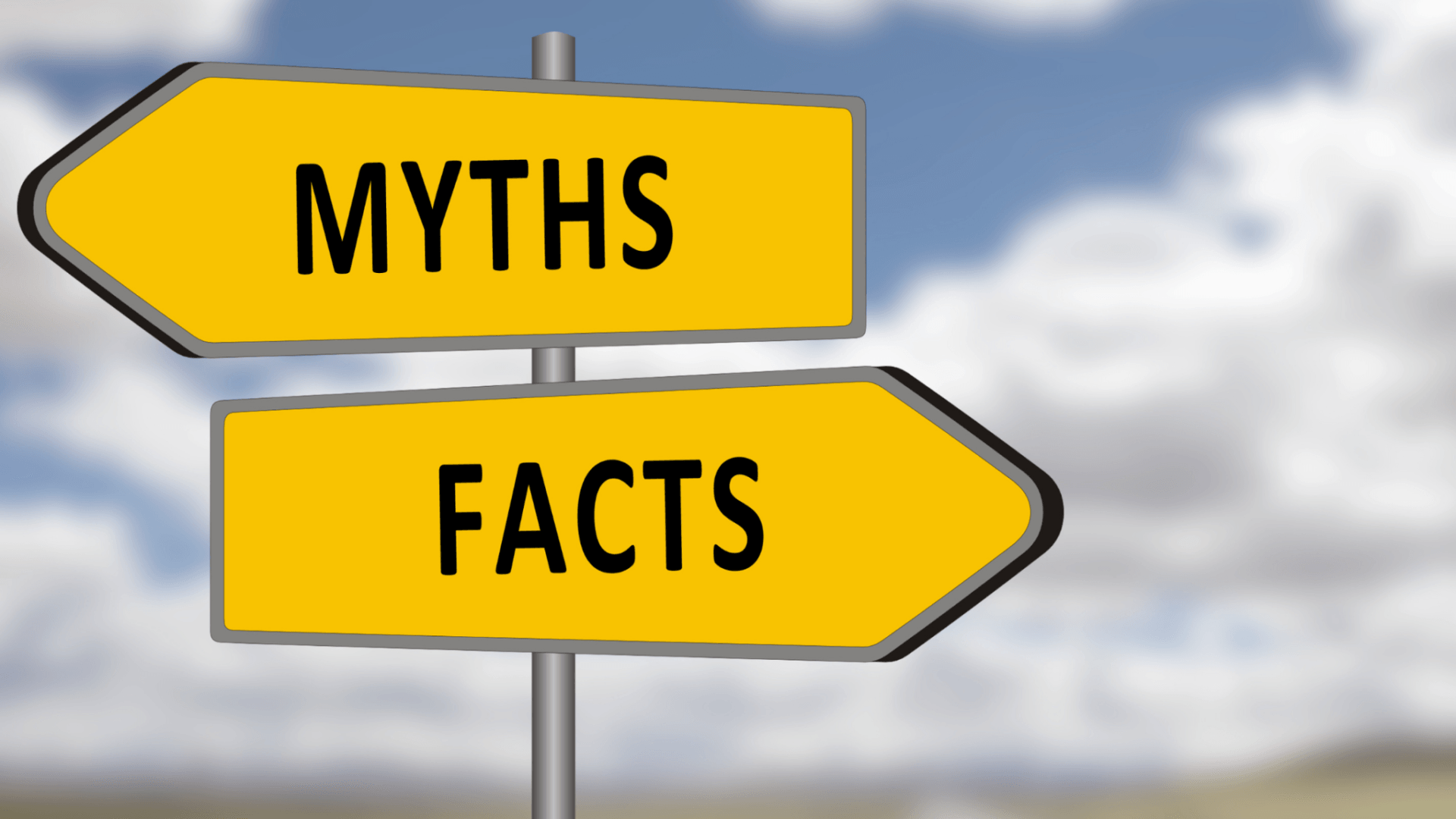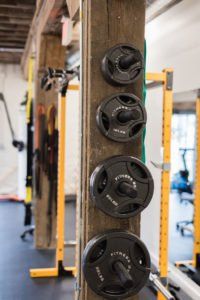Motor Control, Part 2
Our bodies are built to do what our brains ask it to do. If you ask it to move in a particular way, it will do it, but it may not always be exactly how we imagined it. Think about watching people pick up an object from the ground: There are many different ways to do this, and your body will choose the best one suited for you. If you read part one of this series, you should now have a better understanding about what motor control is. Here in part 2, we’ll discuss how motor control may cause and be affected by pain.
Issues in motor control may be a likely culprit if part of a certain motion is pain free but other parts painful. From an observational standpoint, issues are usually evidenced by “jerky” or “ratchety” motion: Compensation patterns are also usually noted like moving from the hips when asked to flex in the lower back. Not everyone with these issues present with all of these characteristics, but it is likely to see at least one if this is contributing to the painful experience.
Now that you know a little more about what motor control is and how to spot it, you may be wondering how it can lead to pain and dysfunction. Depending on who you ask, you may get a different explanation! In my opinion, there are two different schools of thought on the subject: Pain causing motor control issues, or motor control issues causing pain. I’m personally a believer that motor control issues are caused by pain via a complex interplay of different systems.

We know that pain can affect a lot of things including activity level, social interactions, movement, mood, etc. When pain is present in an area it begins to affect proprioception and muscle activation, both of which are required for pain free control of movement. When the muscles and nervous system aren’t communicating optimally, pain and movement difficulties begin to occur. This leads to a cyclic pattern between pain and movement. Rather than put it in words, there is a graphic below that describes this cycle. Keep in mind, the arrows can go in both directions on the graphic, and one does not necessarily cause the other. So although it may be a case of which came first, the pain or the motor control issue, either pathway leads to a continuous cycle of pain and discomfort and needs to be disrupted with intervention.
So although motor control exercises should be a component of treatment in some conditions, it is not the magical cure to any musculoskeletal issue. It should be combined with other treatments including active therapeutic exercises and manual therapy. When we work with clients that we believe have issues with motor control, we focus on performing slow purposeful movements. It’s like taking baby steps and learning how to walk, or move your shoulder, properly again. Purposeful thoughtful movement allows the nervous system to begin communicating with the muscles more efficiently. Overtime, this will begin to improve motor control and break the pain cycle above.
Unfortunately, without a specific injury or examination, we cannot go into much more detail than that in terms of treatment. Please reach out if you have any questions on this topic and check out our instagram and facebook for some motor control exercises you may be able to do if you are experiencing pain.
Bryan Esherick PT, DPT
bryan@balancechiropracticva.com









